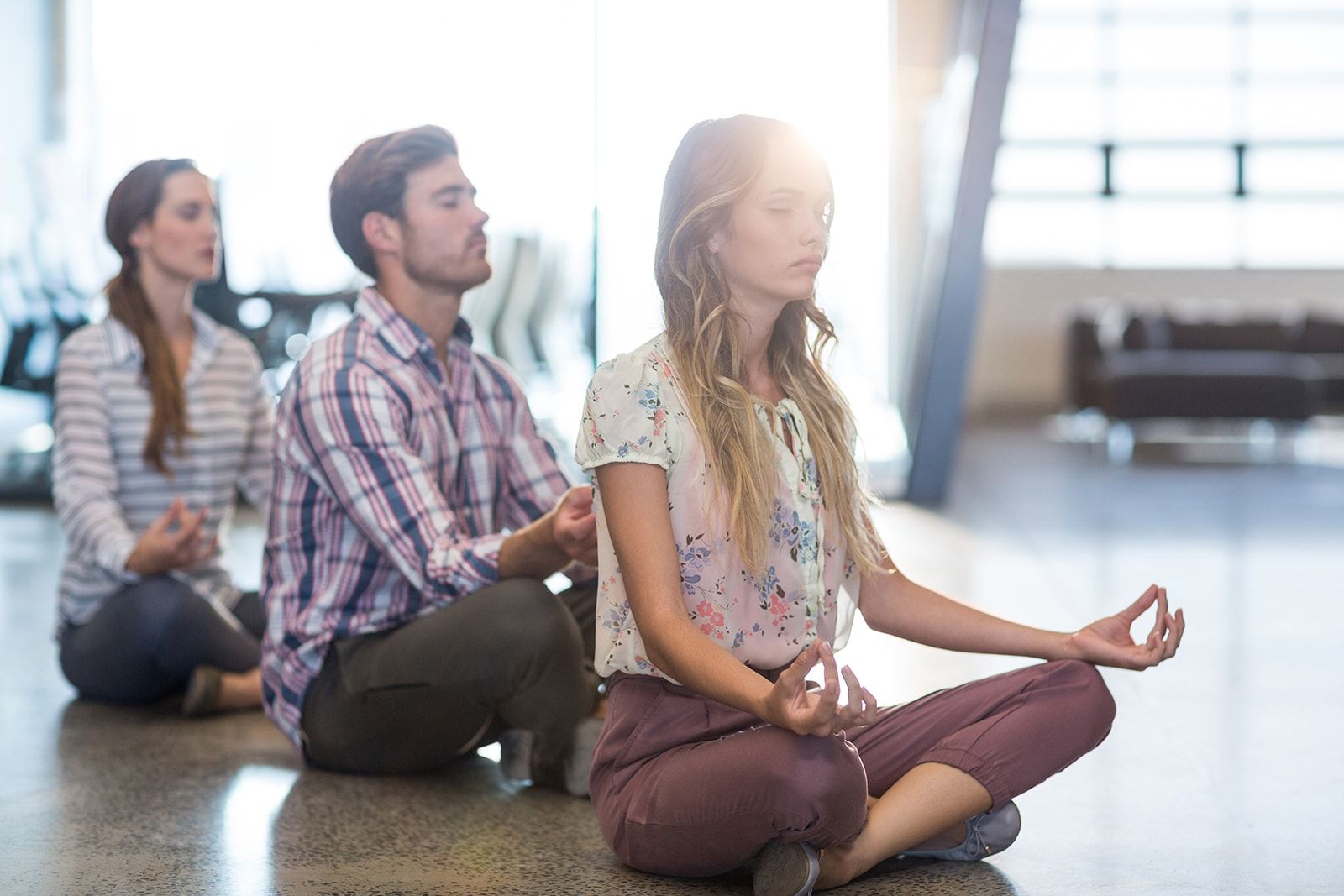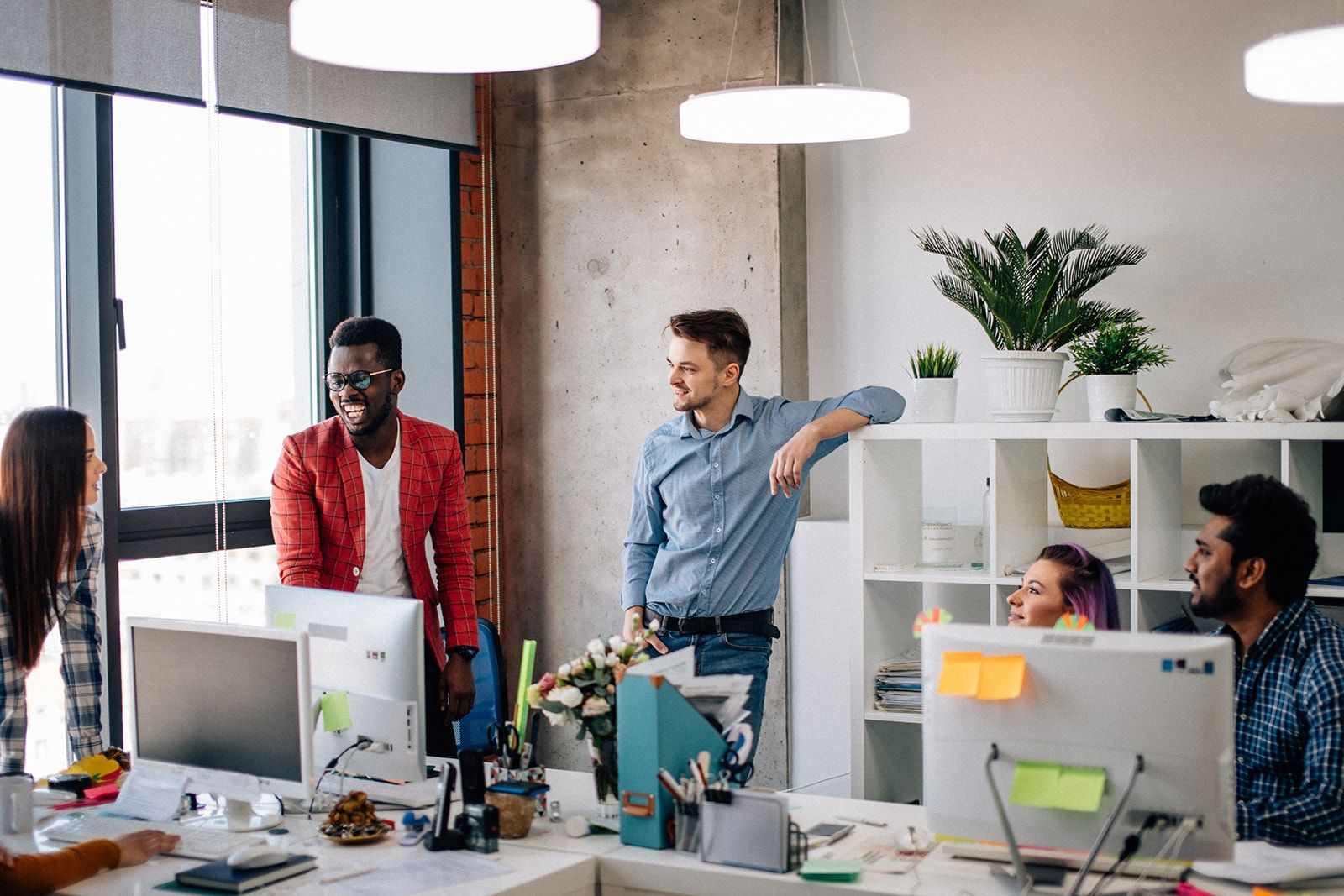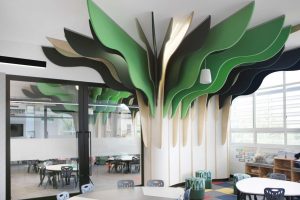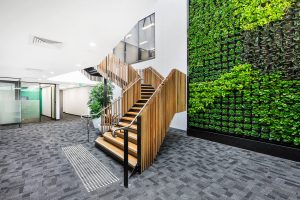Employee expectations of workplace design are rising and that’s a good thing
Measuring the success of a commercial interior design project involves an understanding of ideal outcomes and ideal outcomes can differ either slightly or greatly depending on the client. That being said, turning to statistical data in order to investigate attitudes, reinforce decision-making and to mark shifts in collective thinking is an enlightening process. And it’s a process we’ve recently gone undertaken.
During our research, we scrutinised a range of workplace-based statistics from all over the globe. Some of the results were expected, others were encouraging and many were — as you’ll find out in the list below — rather extraordinary. One fact, of course, remains unchanged: the design and function of a workplace has a significant effect on employee behaviour and satisfaction and therefore company success. Now for the cynics, we do understand that if you torture numbers long enough, they ‘ll tell you anything but keep all of this in mind, here is the modern workplace in five surprising statistics.
1) 85% of employees feel their workplace environment hinders their productivity

That’s right, four out of five people you pass on the morning commute are already handicapped by the space in which they work. Considering that employee engagement in all modern workplaces is a growing concern, statistics like this make the need for office designs that promote rather than inhibit productivity, that much more imperative.
Remember, productivity doesn’t merely encompass the ability to produce quality work at the required pace, but also the ability to work full stop. If you run a mid-sized organisation and find productivity year on year, add this critical question to your analysis. Is your workplace bogged down by everything from haphazardly arranged departments to inadequate storage facilities to poor temperature control? If yes, then perhaps it’s the workplace, not the worker, that requires transformation.
2) 41% of employees say that working privately is impossible in their current workplace

This statistic might not sound all that surprising until you discover that 95% of those same people believe working privately is important to their ability to work productively. And no, this reality isn’t at all related to open-plan offices, as the statistic covers all manners of workplace. Whether or not your space is open-plan, employees need to feel as if they’re entrusted to do their work without constant supervision – as feeling trusted leads to feeling comfortable and feeling comfortable leads to better concentration. And as we all know, without concentration, work just doesn’t get done… well.
What’s frustrating about this statistic is that it’s not all that difficult to allow all employees to work privately. A well-configured open-plan office that takes function, positioning and sightlines into consideration allows for more than enough personal space for each employee. Minimising immediate costs by minimising employee breathing room only ever results in decreased productivity, which only ever results in increased costs in the long run.
3) 77% of employees believe that flexible working encourages increased productivity

As time goes on, static, boxy offices that relegate employees to fixed, finite spaces are becoming more of a rarity – and for good reason. The modern workplace is a living, breathing entity that encourages increased movement and fluidity. When an employee is given the room to move from desk to breakout space to conference nook, they are awarded the ability to shift headspaces and tap deeper into their intellectual and creative potential.
When you walk into a rigid, regimented office versus a customisable, flexible workplace – the difference is striking and immediately discernible. Inside the latter, the constructive energy amongst and between employees is palpable and obvious to any visitor that enters the space. What was once a workplace trend is more than on its way to becoming a workplace necessity and this acceptance heralds exciting times in workplace design and workplaces themselves.
4) 89% of employees at organisations that support well-being initiatives are more likely to recommend their company as a good place to work

Speaking of exciting times, this statistic is indicative of evolving mindsets when it comes to employee satisfaction. No longer are salary and perks seen as the only factors in keeping employees happy – they not only want to feel engaged, but to work in a place that promotes being in the best possible mindset in order to feel engaged. And that involves a focus on employee wellness.
From onsite exercise and recreational spaces to design that promotes movement and diversity of behaviour, workplaces are crying out for holistic attitudes towards employee well-being. Not only that, but mental health in the workplace is now the subject of more consideration than ever before – whether through the incorporation of greenery to more overt programmes that incorporate mindfulness or even yoga. Employers now know that remaining conscious of employee wellness is not only ethically responsible, but also a factor in cultivating a healthy company culture.
5) 79% of employees agree that a company cannot encourage innovation unless their workplace environment is innovative

We always say, your company culture dictates your workplace design, but your workplace design also reflects, promotes and reinforces your company culture. Just as flexible workplaces foster flexibility of thinking, innovatively designed and implemented workplaces lead to innovative work. If you were to set yourself the task of placing five innovative companies under the microscope, you’d find that their workplaces are feats of design innovation.
For example, Microsoft’s Milan office adopted “creative gardens” in order to promote collaboration and brainstorming, which are inviting, semi-private, highly artistic wooden structures enveloped in greenery, built with high-performance acoustics. These spaces are ingenious in themselves and therefore capture the imaginations of occupying employees. Another example is Kickstarter’s New York office, which implemented a high-tech movie theatre in order to reflect their investment in amateur filmmaking and give employees a space to celebrate and discuss their multimedia successes and ideas.
The fact that employees who trade in innovation crave innovative workplaces is as understandable as it is encouraging – as it shows a personal investment and pride in the work. It also demonstrates a desire to be placed in the best possible climate to further both personal and organisational accomplishment.
What do these statistics tell us?
It’s clear that employees are now more cognisant of the ins and outs of the workplace than ever, which means that their expectations are rising. These expectations aren’t unrealistic, if anything they are warranted and should be rewarded. And instead of jumping to conclusions and assuming that employees are becoming more entitled, when you look a little deeper you realise that they are effectively signposting what may be best for everyone.
When employees are satisfied (and that satisfaction includes flexibility, wellness, innovation and, well, general respect), they are not only able to keep their feet on the ground, but put their best foot forward. When a workplace design considers all variables and attends to all requirements, it becomes a place where the work comes first – where it is respected and housed within the most fertile environment.
These statistics also tell us what we at Powerhouse Group already know and that is that the power and effectiveness of modern workplace design can never be overlooked. A single relocation and renovation can completely reinvent a company and invigorate employees like they’ve never been before. In other words, your employees are your lifeblood and their workplace is its vessel. You can count on it.




